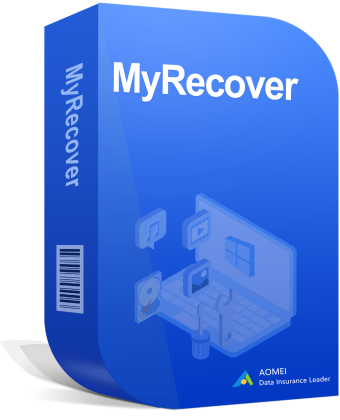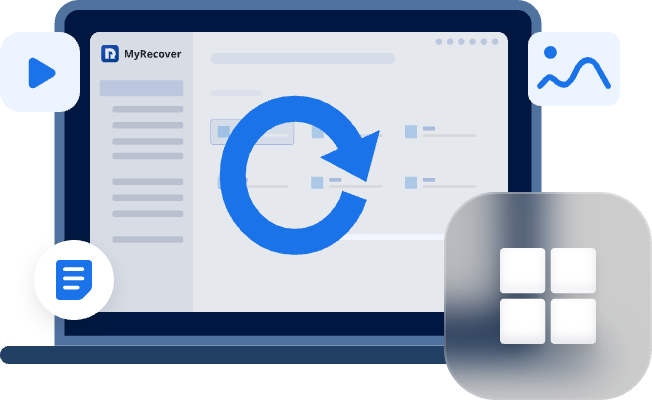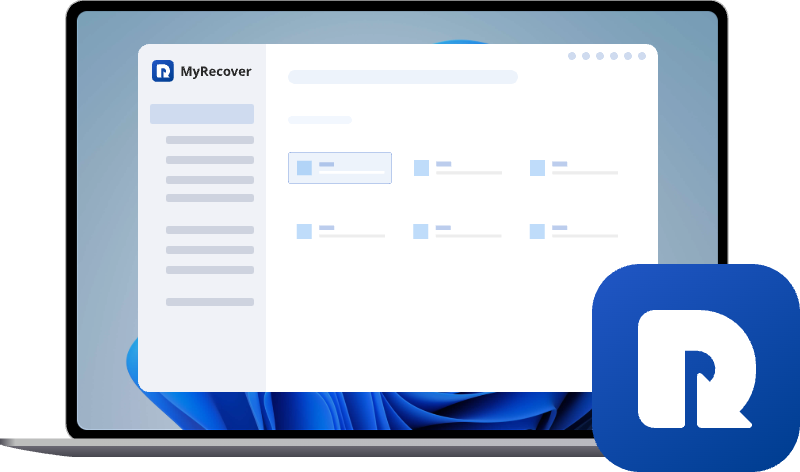Accidentally Deleted an Entire Folder? Quick Recovery Solutions
Accidentally deleted an entire folder on your PC? Don’t panic! There are multiple ways to bring it back. This guide walks you through quick and effective recovery methods, from using built-in Windows tools to professional recovery software, ensuring you can restore your important files without stress.
Is It Possible to Recover Deleted Folders?
I was cleaning up my desktop just yesterday and I accidentally deleted one of my folders containing my artwork files because I thought the folder, I deleted on my desktop was a shortcut but it wasn't… I've already emptied the Recycle Bin so I'm just lost. I had so many files in there that I was hoping I could recover.
- Question from skythehooman
Accidentally deleting an entire folder while managing files can be a nightmare for many, as it can cause all the files within it to be removed in an instant. Whether it contains important documents, photos, or project files, it’s frustrating. When this happens, you might wonder: is it possible to recover a deleted folder?
Fortunately, in most cases, it is possible to recover deleted folders as long as you act quickly and follow the right steps. This article will offer 6 effective solutions to restore deleted folders.
What to Do When You Accidentally Deleted an Entire Folder
When you accidentally delete an entire folder, don’t panic—press "Ctrl + Z" to undo the deletion. If you’ve performed other operations after deleting the folder, this method won’t work. In that case, you can try the following six methods to recover the accidentally deleted folder. Let's go through them one by one.
Solution 1. Check the Recycle Bin
The simplest and most common recovery method is checking the Recycle Bin. If the folder hasn’t been permanently deleted, it will be moved to Recycle Bin. This is often the first step to try when you accidentally delete an entire folder.
Step 1. Double click the Recycle Bin icon to open it.
Step 2. Look for the folder you want to recover and select it.
Step 3. Right click on it and choose "Restore" to return the folder to its original location.
Solution 2. Restore from File History
If you've enabled File History on Windows and backed up the folder, Windows keeps backup versions of your files and folders. You can restore the whole folder from the backup.
Step 1. Open File Explorer and locate the folder or drive where the deleted folder was stored.
Step 2. Right click on the folder and choose "Restore previous versions" from the context menu. A list of versions will be displayed.
Step 3. You can choose the desired backup version and click "Restore".
Solution 3. Backup and Restore (Windows 7)
Backup and Restore is a legacy Windows built-in backup tool but it's still available for Windows 10 and 11. If you have backed up the folder with this feature, you can restore it from the created backups.
Step 1. Open "Backup Settings" and select "Go to Backup and Restore (Windows 7)".
Step 2. Click "Select another backup to restore files from" and choose a backup containing the deleted folder.
Step 3. Click "Browse for files/folders" to select the folder to recover.
Step 4. Select a destination folder to save the recovered files and click "Restore" to start the process.
Once the process is completed, the message "Your files have been restored" will pop up. you can check the recovered by clicking on "View restored files".
Solution 4. Restore from Cloud Backup Tool
If you sync files with cloud backup tools like OneDrive, Google Drive, or Dropbox, your folder may still be safe. Even permanently deleted files are sent to the cloud Recycle bin. Cloud services usually keep deleted items for 30 days, so act quickly.
Step 1. Sign in to OneDrive with your account. (Take OneDrive as an example here.)
Step 2. Select the "Recycle bin" section and look through the folder you would like to restore.
Step 3. Click "Restore" to return it.
Solution 5. Run Windows File Recovery Command
If you’ve permanently deleted the folder and don’t have any backups available, Windows File Recovery can help you retrieve the accidentally deleted folder. It supports recovering specific files, file types, and folders. However, it requires familiarity with basic command-line operations and is more suitable for professionals.
Step 1. Download and install Windows File Recovery from Microsoft official website.
Step 2. Open Windows File Recovery and run it as administrator.
Step 3. Type the following command "winfr F: E: /regular /n documents\video\" and press "Enter". Replace the drive letters "F" and "E" with your actual drive letters.
- ★Tips:
- F: The source drive. This is the drive you want to recover files from.
- E: The destination drive. This is where recovered files will be saved to.
- /regular: The recovery mode. This mode is best for recently deleted files on NTFS drives. It's faster than the /extensive mode but less thorough.
- /n documents\video\: The filter. This tells the tool what to look for. documents\video\ is the specific path it will try to find and recover.
- The source and destination must be different physical drives to avoid overwriting the data you're trying to recover.
Solution 6. Recover Accidentally Deleted Folder with MyRecover
Although Windows File Recovery is a highly effective tool, it can be challenging for most users due to its requirement for command-line knowledge. If you’re uncomfortable with command-line tools, this GUI-based data recovery tool, MyRecover, is sure to meet your needs. It features a simple and intuitive interface to simplify the data recovery process. It can recover not only individual files but also retrieve files along with folder structure, making it easier for you to manage the recovered files.

- 500+ Devices Supported | SSD, HDD, USB Flash Drive, SD Sard, etc.
- 1000+ File Formats Supported | PNG, MP4, MP3, TXT, ZIP, MSG, etc.
- 500+ Data Loss Scenarios | Deletion, Format, System Crash, Virus Attack, etc.
Step 1. Download and install MyRecover on your computer from Microsoft Store.
Step 2. Launch it and select the drive with deleted folder to scan, then click "Scan".
Step 3. Choose the files you wish to recover from the recoverable lists and click "Recover".
The free version of MyRecover supports up to 500MB data recovery capacity. Upgrading to the Professional version unlocks unlimited recovery quota and file content previewing before restoration.
Step 4. Select a safe destination location to save the recovered folder.
Upon completion of the recovery process, you'll see the message "Files have been recovered successfully" will pop up. You can check the recovered folder by clicking the destination folder path or "Browse" button.
The Bottom Line
Accidentally deleting an important folder doesn’t mean your data is gone forever. From simple fixes like the Recycle Bin to advanced tools like MyRecover, there are plenty of ways to recover your lost files. Instead of seeing it as just a mistake, think of it as a reminder to set up better backup habits and to have a recovery safety net ready.
That’s where MyRecover truly shines. If you’re still struggling with more complex data recovery scenarios, such as recovering data from a computer that won’t boot, MyRecover’s Professional version is a worthwhile investment.


